
How to Increase the Wow Factor of Wide-Angle Landscape Photography
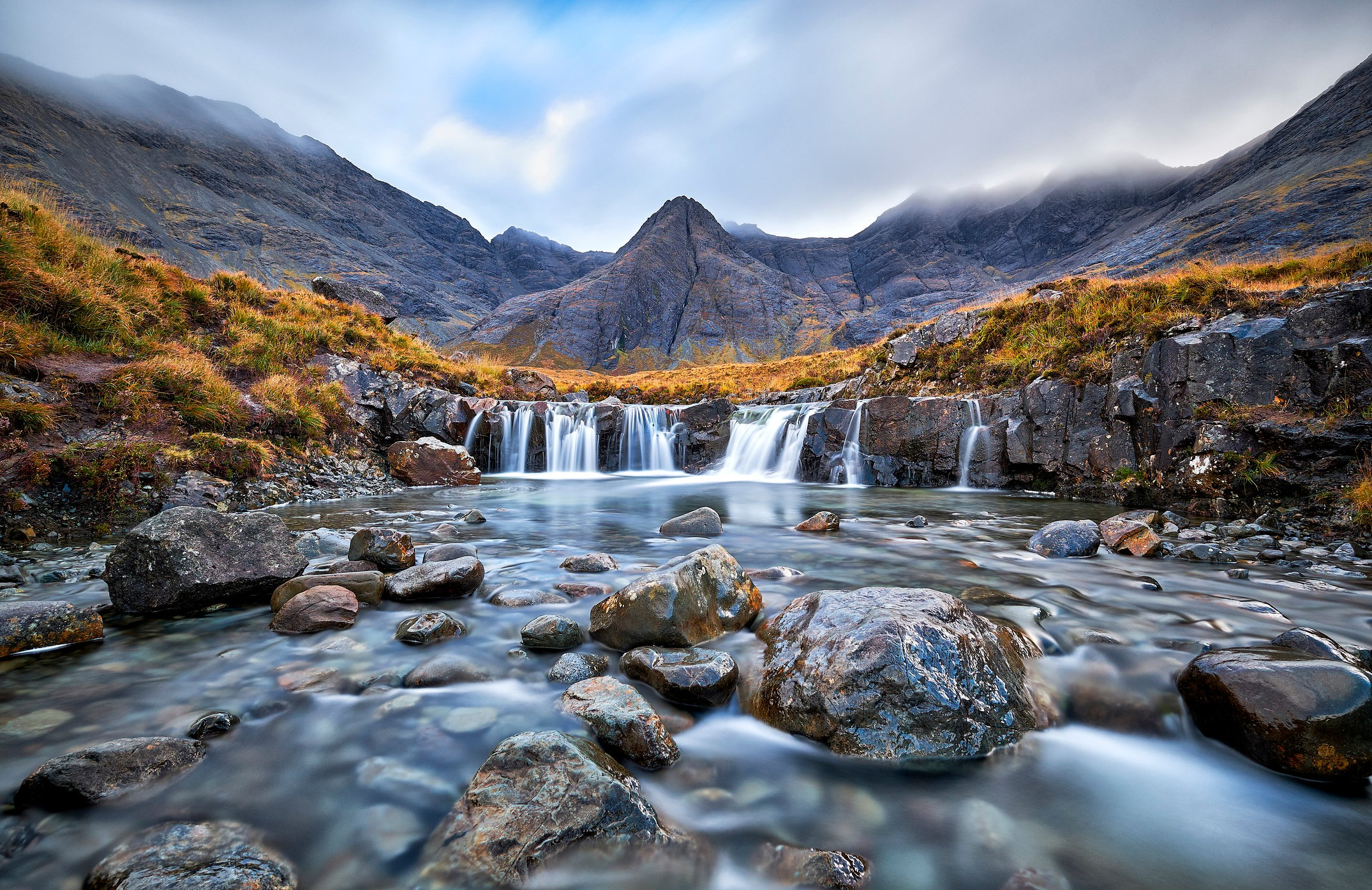
photo by 1111IESPDJ via iStock
Ask anyone that typically photographs landscapes what kind of lens they use, and many of them will answer with “wide-angle.”
It makes sense that wide-angle lenses are so popular for landscapes - they enable you to capture details near and far, highlight foreground interest, and include both the landscape and the sky above with great ease.
However, with such a wide view, the smaller details of a landscape (and the story you want to tell about the landscape) can get lost.
With these wide-angle landscape photography tips, you can ensure your photos have the wow factor they need to grab the viewer’s attention.
Wide-Angle Landscape Photography Tip #1: Have a Visual Anchor Point

photo by tunart via iStock
Because wide-angle lenses minimize the perceived size of distant objects, it’s important to have an anchor point in the shot that helps the foreground connect to those distant elements.
In the example above, the boulders in the foreground serve as just that - their imposing figures in the foreground grab your attention, yet also invite your eyes to wander deeper into the shot.
Notice how the two boulders in the front create a triangle with the largest boulder in the midground. The apex of that triangle then points toward the distant mountains (which look much bigger in real life).
The point here is that without all that foreground interest and those anchor points in this shot, it wouldn’t be nearly as successful. Though the mountains are pretty, they don’t occupy enough space in the shot to serve as a subject on their own. But with the aforementioned anchor points, the image becomes much more engaging for the viewer.
Learn More:
Wide-Angle Landscape Photography Tip #2: Reflections are Perfect for Wide-Angle Shots
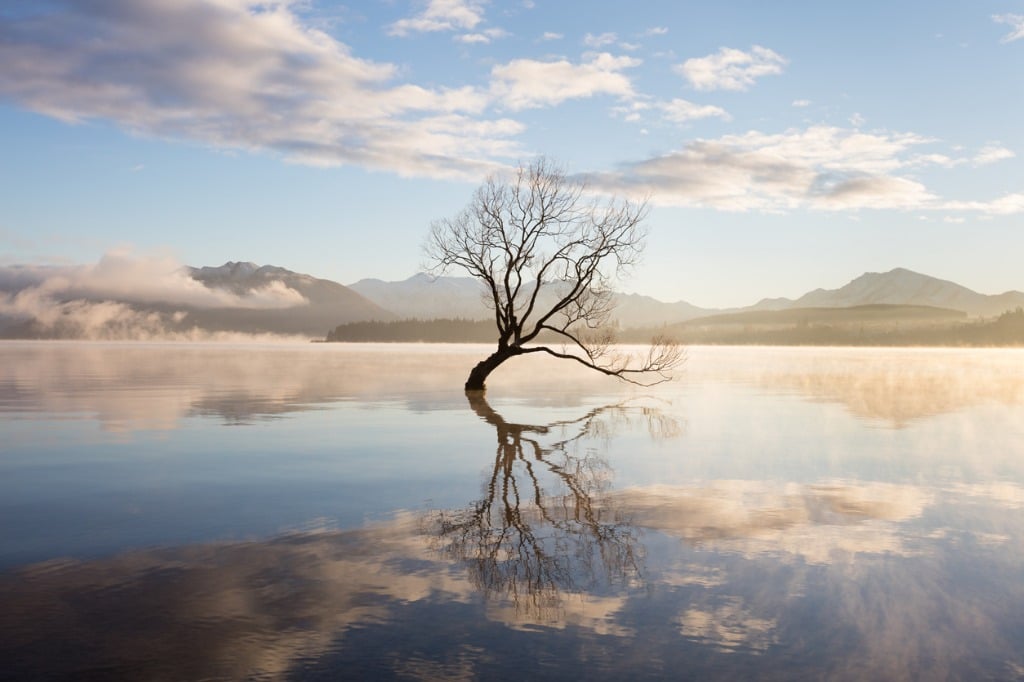
photo by SusanWoodImages via iStock
Since wide-angle lenses make distant elements appear smaller, taking photos with the landscape reflected in a body of water is a great way to increase the visual weight of the scenery.
In the image above, the mountains in the background aren’t all that imposing, but with the hint of their reflection in the still waters of the lake, their size is essentially doubled.
What’s more, this photographer utilized the first tip above, and included an interesting anchor element in the form of the tree.
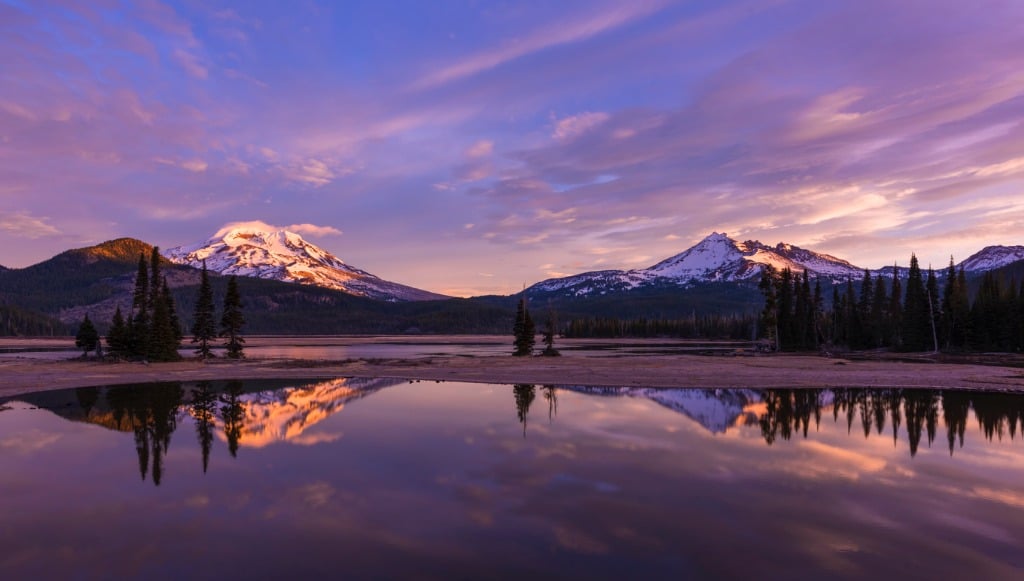
photo by svetlana57 via iStock
In this example, you can once again see how the reflection of the distant element - in this case, the mountains - doesn’t have to be in full view.
Instead, even just having the tips of the mountains visible in the reflection of the lake’s waters helps enhance their visual weight in the shot.
As a side note, using water in the foreground of landscape images is a great trick for helping the exposure of the shot. The foreground is often darker than the sky above it, which can be challenging for your camera to accommodate.
But with water in the foreground to reflect the light from the sky, you can typically create an image that has a smaller dynamic range, which is easier for your camera to handle.
Wide-Angle Landscape Photography Tip #3: Use Leading Lines
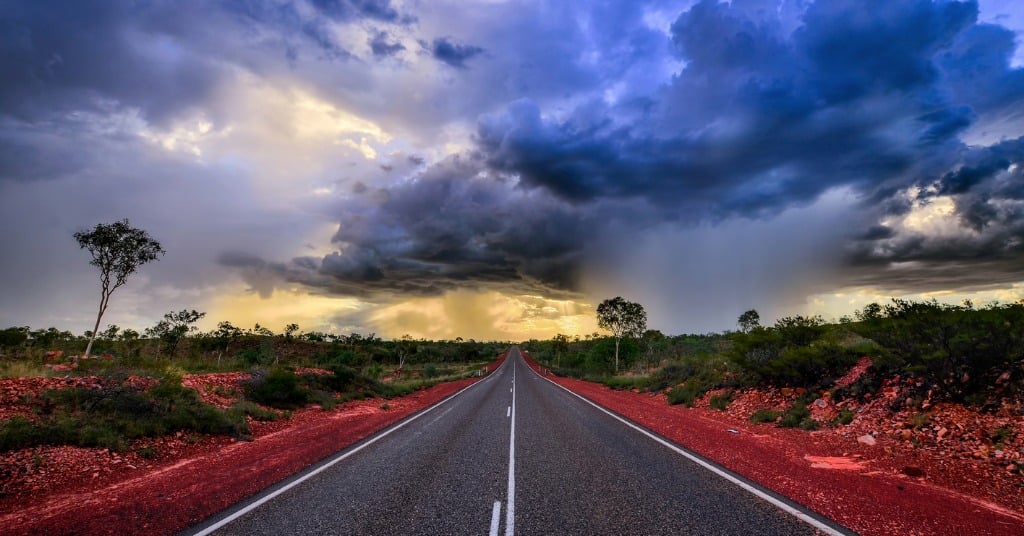
photo by stawroncs via iStock
Like the anchor points discussed above, adding a leading line to a wide-angle landscape will help draw the attention of the viewer, allowing them to identify the point at which you want them to focus.
The photo above of a storm descending on an Australian landscape, you can see how the lines created by the highway help direct your eye from the foreground to deep in the background of the shot.
In a way, leading lines help simplify a wide-angle photo by “demanding” that your attention follow the flow of the lines.
That is, instead of getting bogged down inspecting all the details in the rocks, plant life, and clouds, each of those elements is connected by the highway, making for a much more cohesive feeling image.
Learn More:
Wide-Angle Landscape Photography Tip #4: Use a Polarizing Filter
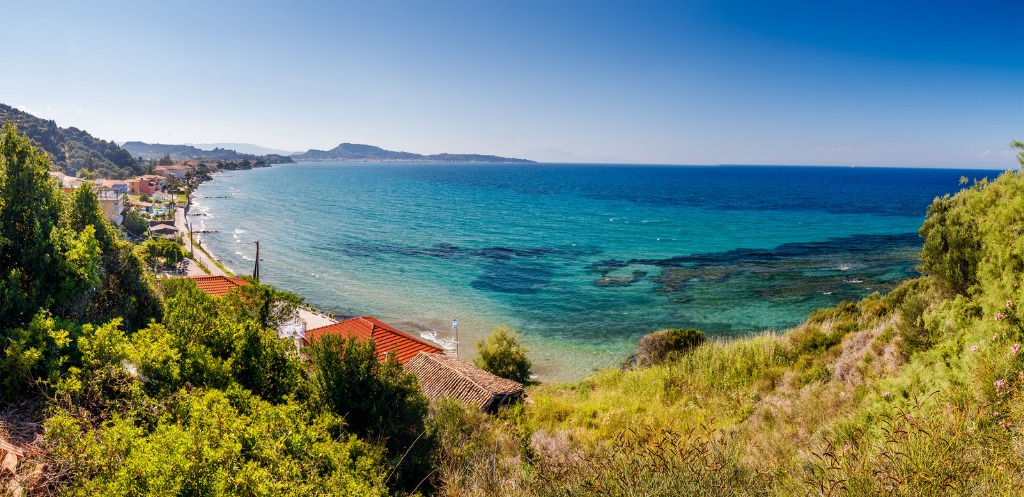
photo by Milan Chudoba via iStock
One of the best things you can do to improve the quality of your landscape photos is to utilize a circular polarizing filter.
What’s so great about these filters is the sheer number of benefits you can derive from them.
Editor's Tip: Get Kenko's Latest Updates and Access to Promos for Discounted Gear. Click Here to Sign Up.
For starters, polarizing filters minimize glare off of water, so when you use reflections to enhance your landscape shots, you can do so without the blinding glare of the sun. In some cases, it can even enable you to see beneath the surface of the water, as shown above.
Secondly, polarizing filters minimize atmospheric haze that can all but obscure distant landscape formations. With improved visibility, those distant mountains in your wide-angle shots become a more potent component of the image.

photo by Nicholas Motto via iStock
Lastly, circular polarizing filters boost the contrast of the sky, making the clouds pop against a darker blue atmosphere.
The effect of this is that wide-angle photos have much more personality and pop. More to the point, your photos will be more dynamic, with greater contrast and more saturated colors to captive the viewer’s attention.

I’ve used Kenko Nyumon polarizing filters for some time now, and I can attest to the quality of construction and the quality of results one can get when using these filters.
With sizes from 37-82mm, you can pick up a wide-angle landscape filter that precisely fits your lens.

And since it’s a Kenko filter, you can rely on impeccable construction for long-lasting results. Not only is the filter comprised of optical-quality glass for the highest clarity and superb color fidelity, but the filter housing is black coated and ultra-slim, so it won't show up in your wide-angle shots.
What's more, there are eight layers of anti-reflective coating to ensure that reflections, ghosting, and flare are minimized.
In other words, if you’re ready to master the art of wide-angle landscape photography, a polarizing filter is definitely a must-have!
Originally posted on PhotographyTalk.com




